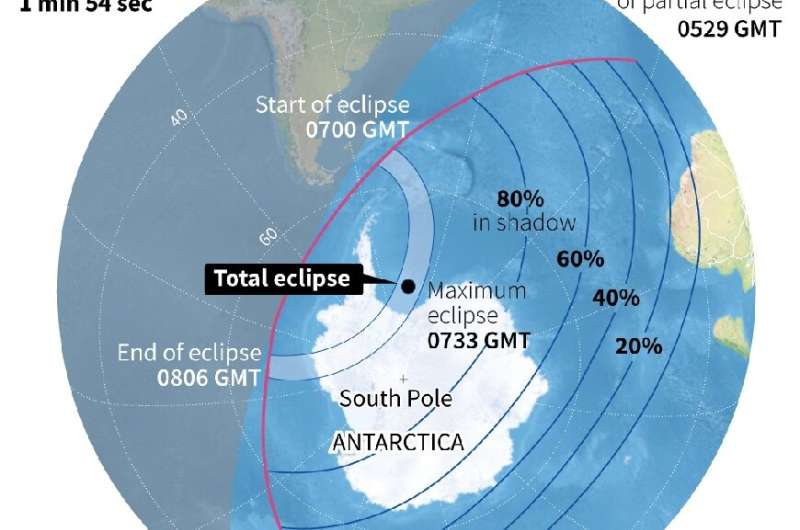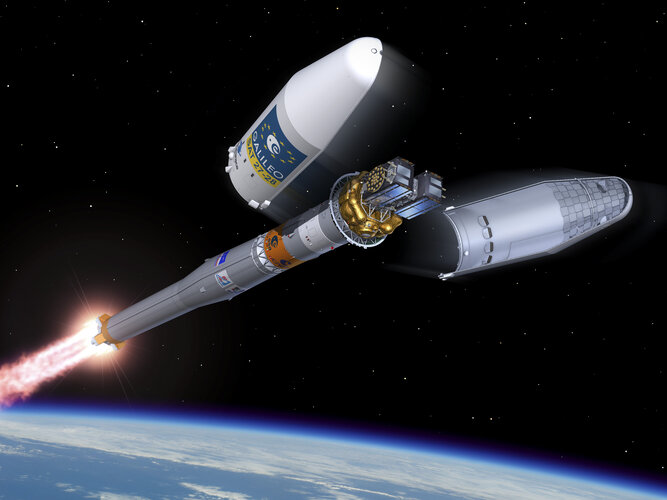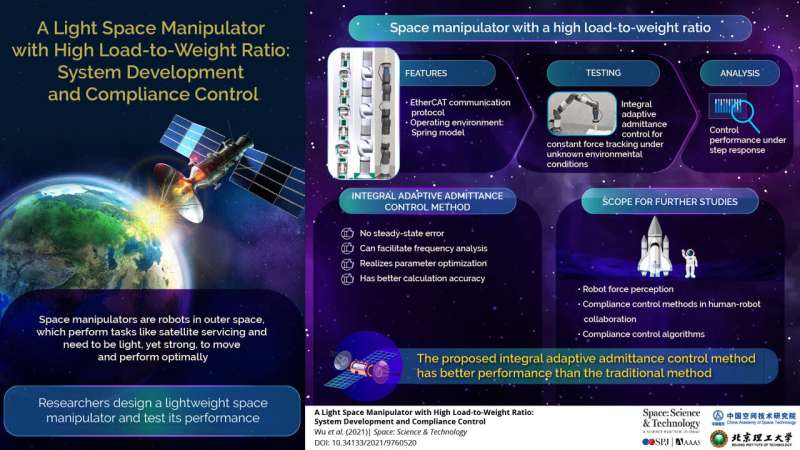
Copernical Team
NASA awards Artemis contract for future SLS boosters
 NASA has awarded the Booster Production and Operations Contract (BPOC) to Northrop Grumman of Brigham City, Utah, to build boosters for the agency's Space Launch System (SLS) rocket to support nine SLS flights. Northrop Grumman, the lead booster contractor, has produced booster motors for the first three Artemis missions and is casting the motors for the fourth lunar mission.
This contract
NASA has awarded the Booster Production and Operations Contract (BPOC) to Northrop Grumman of Brigham City, Utah, to build boosters for the agency's Space Launch System (SLS) rocket to support nine SLS flights. Northrop Grumman, the lead booster contractor, has produced booster motors for the first three Artemis missions and is casting the motors for the fourth lunar mission.
This contract NASA astronauts complete ISS spacewalk
 Two NASA astronauts have completed the 13th spacewalk at the International Space Station (ISS) this year, the agency said, days after the event was postponed over a debris risk.
Astronauts Thomas Marshburn and Kayla Barron headed outside the space laboratory on Thursday, replacing a faulty antenna and restoring its capability.
"It was awesome!" Barron said after completing her first spac
Two NASA astronauts have completed the 13th spacewalk at the International Space Station (ISS) this year, the agency said, days after the event was postponed over a debris risk.
Astronauts Thomas Marshburn and Kayla Barron headed outside the space laboratory on Thursday, replacing a faulty antenna and restoring its capability.
"It was awesome!" Barron said after completing her first spac Eutelsat's Konnect Africa and Vodacom Partner to Bring High-Speed Broadband to Unserved Regions of Tanzania
 Eutelsat Communications and Vodacom Tanzania PLC have signed a service agreement for packaged services to bring connectivity to underserved regions of Tanzania, leveraging Eutelsat's EUTELSAT KONNECT high-throughput satellite.
Following a successful Proof of Concept trial, Vodacom will commercialize services on the EUTELSAT KONNECT satellite under its own brand, building out its service of
Eutelsat Communications and Vodacom Tanzania PLC have signed a service agreement for packaged services to bring connectivity to underserved regions of Tanzania, leveraging Eutelsat's EUTELSAT KONNECT high-throughput satellite.
Following a successful Proof of Concept trial, Vodacom will commercialize services on the EUTELSAT KONNECT satellite under its own brand, building out its service of Space Development Agency Approves L3Harris' Missile-Tracking Satellite Design
Exploring the heart of space weather with the Geospace Dynamics Constellation
 The Geospace Dynamics Constellation mission - or GDC - is a team of satellites that will study Earth's upper atmosphere and provide the first direct global measurements of our planet's dynamic and complex interface with the space environment. This boundary between Earth's atmosphere and space is called the ionosphere-thermosphere (I-T) system.
This mission will change our understanding of
The Geospace Dynamics Constellation mission - or GDC - is a team of satellites that will study Earth's upper atmosphere and provide the first direct global measurements of our planet's dynamic and complex interface with the space environment. This boundary between Earth's atmosphere and space is called the ionosphere-thermosphere (I-T) system.
This mission will change our understanding of Ben Griffin explains how Oneweb's LEO Constellation will change the IFC Market
 Ahead of APEX/IFSA EXPO, APEX Media spoke with Oneweb's VP Mobility Ben Griffin to find out the latest about the company's plans to disrupt commercial aviation's in-flight connectivity market with its low-Earth orbit (LEO) satellite technology.
"We're very well funded, and that's not just random amounts of money coming from strange places," Griffin explained. "It's from companies creating
Ahead of APEX/IFSA EXPO, APEX Media spoke with Oneweb's VP Mobility Ben Griffin to find out the latest about the company's plans to disrupt commercial aviation's in-flight connectivity market with its low-Earth orbit (LEO) satellite technology.
"We're very well funded, and that's not just random amounts of money coming from strange places," Griffin explained. "It's from companies creating Total solar eclipse plunges Antarctica into darkness

A total solar eclipse plunged Antarctica from summer into darkness early Saturday in a rare astronomical spectacle witnessed by a handful of scientists and thrill-seekers—and countless penguins.
"The visibility was excellent," said Raul Cordero of the University of Santiago de Chile (USACH), who was on site to witness "totality" at 0746 GMT, with the "ring of fire" phase lasting just over 40 seconds.
Solar eclipses occur when the Moon passes between the Sun and Earth, casting its shadow on Earth. For the eclipse to be total, the Sun, Moon and Earth must be directly aligned.
Totality was visible only in Antarctica, experienced by a small number of scientists, experts and adventure tourists—who paid some $40,000 for the privilege.
Streamed live by NASA from the Union Glacier camp in Antarctica, the eclipse began at 0700 GMT as the Moon began to move in front of the Sun, coming to an end at 0806 GMT.
The Union Glacier camp is situated about 1,000 kilometers (600 miles) north of the South Pole.
Antarctica experiences rare total solar eclipse

A rare total solar eclipse in Antarctica this weekend (Saturday 4 December) is giving researchers a unique opportunity to learn more about how solar eclipses affect space weather. The next total eclipse in Antarctica will not be until 2039.
The total eclipse, which happens when the sun and moon are in line with the Earth, will only be visible in Antarctica, sweeping across the Ronne ice shelf and Ellsworth land, with the rest of Antarctica in partial shadow. The maximum eclipse will be at 0733 GMT.
John Law, Antarctic Atmospheric Scientist at Rothera station says that "the team here are really excited about being able to witness the eclipse on Saturday morning. We will be setting our alarm clocks for the early hours, the maximum amount of Sun that will be hidden by the moon will be around 94% around 4am in the morning. During the summer, the sun never sets below the horizon so even at 4am we should see the effect of the eclipse.
Watch Galileo launch on night of 4-5 December

The launch of Europe’s latest Galileo satellites is now scheduled for the night of 4-5 December.
Lightweight space robot with precise control developed

Robots are already in space. From landers on the moon to rovers on Mars and more, robots are the perfect candidates for space exploration: they can bear extreme environments while consistently repeating the same tasks in exactly the same way without tiring. Like robots on Earth, they can accomplish both dangerous and mundane jobs, from space walks to polishing a spacecraft's surface. With space missions increasing in number and expanding in scientific scope, requiring more equipment, there's a need for a lightweight robotic arm that can manipulate in environments difficult for humans.
However, the control schemes that can move such arms on Earth, where the planes of operation are flat, do not translate to space, where the environment is unpredictable and changeable.
